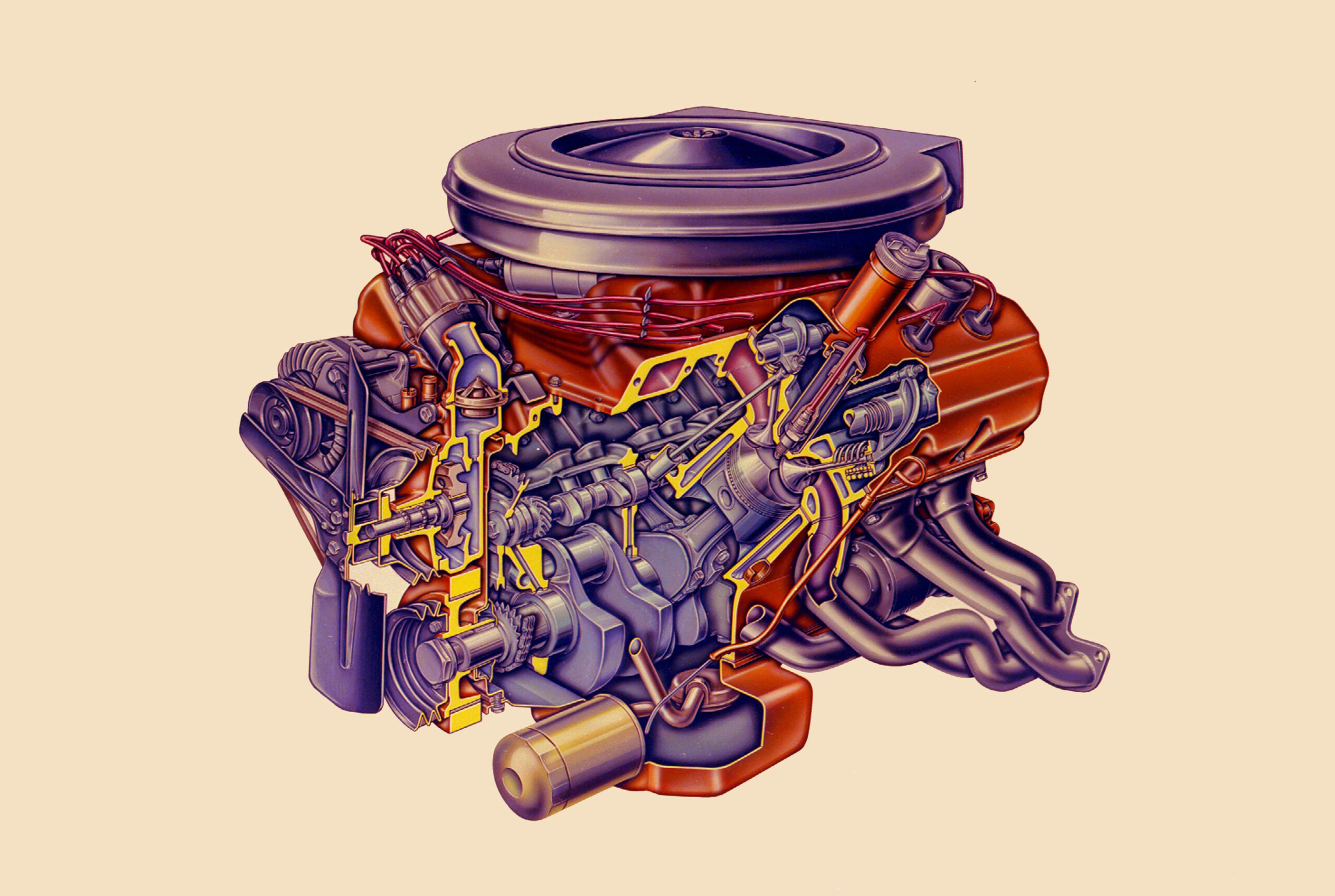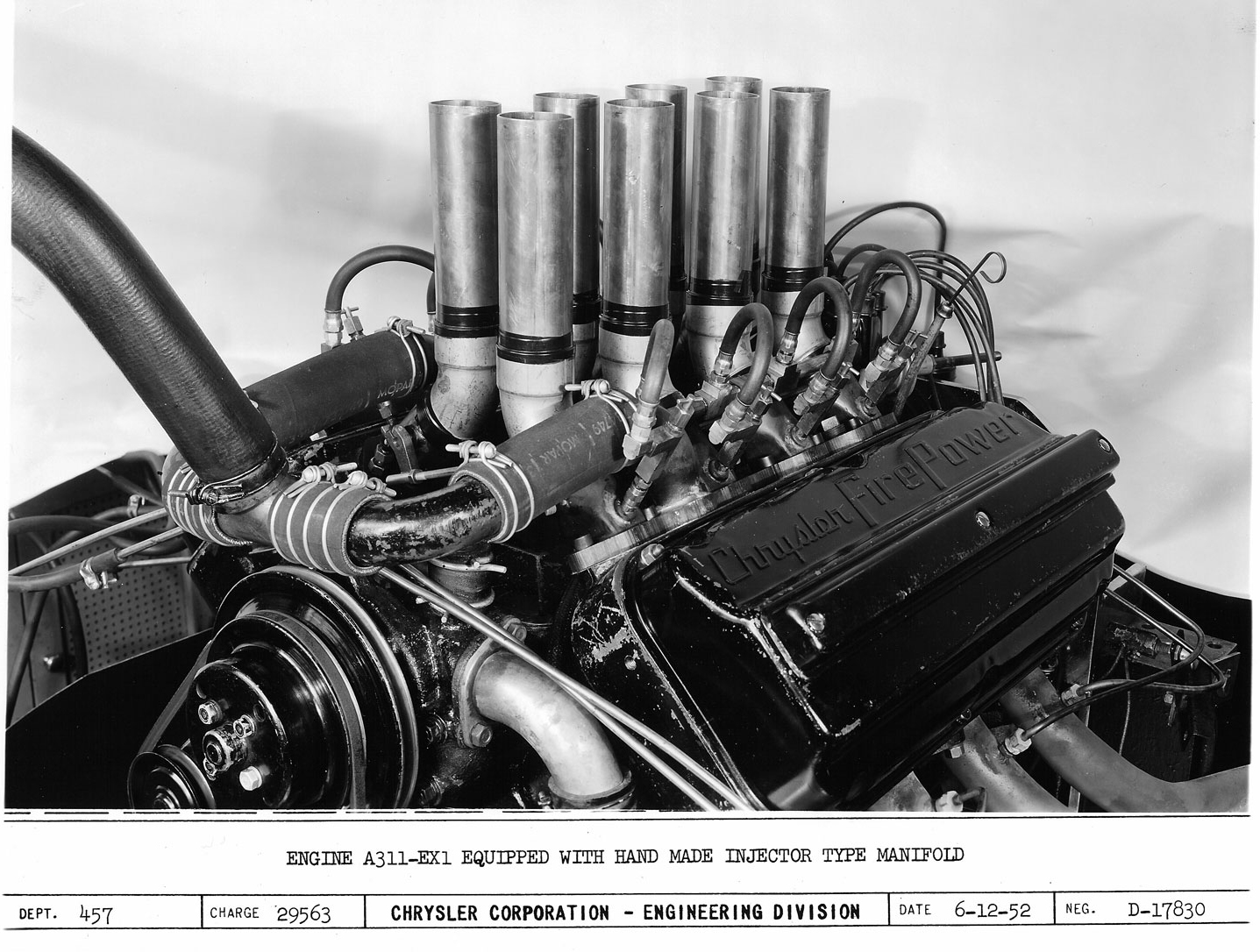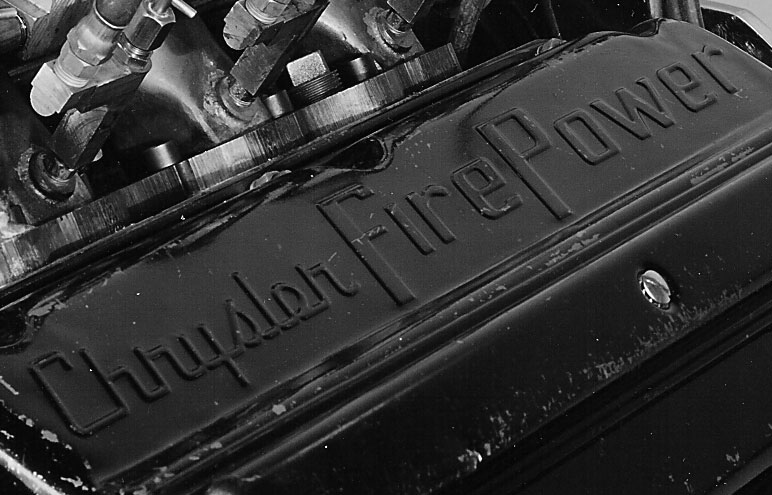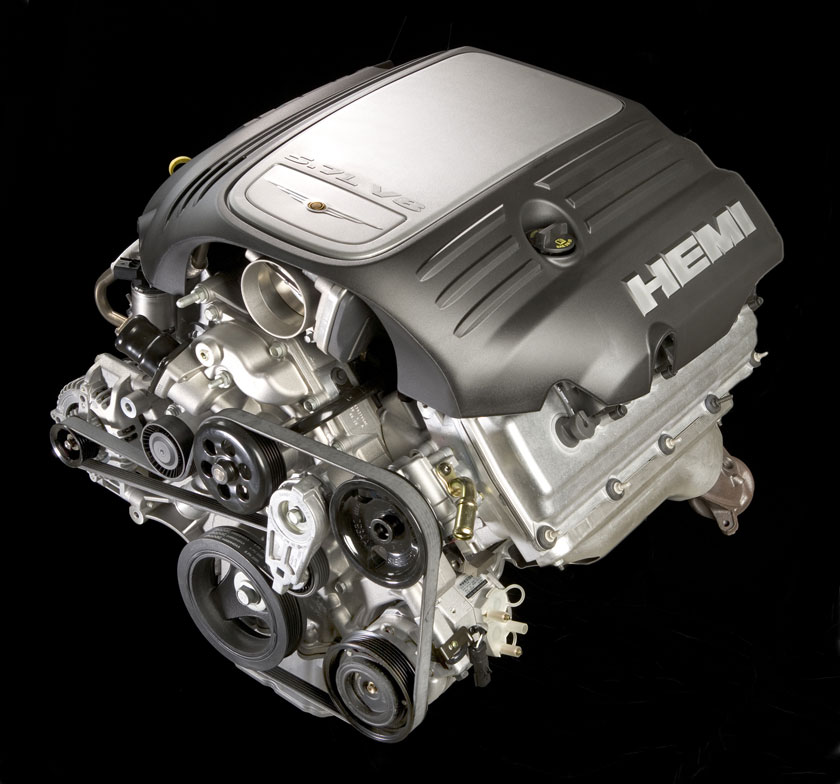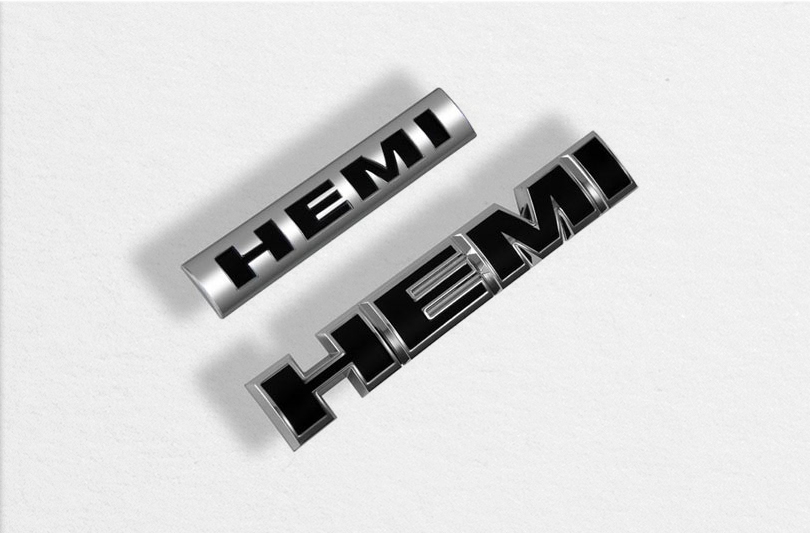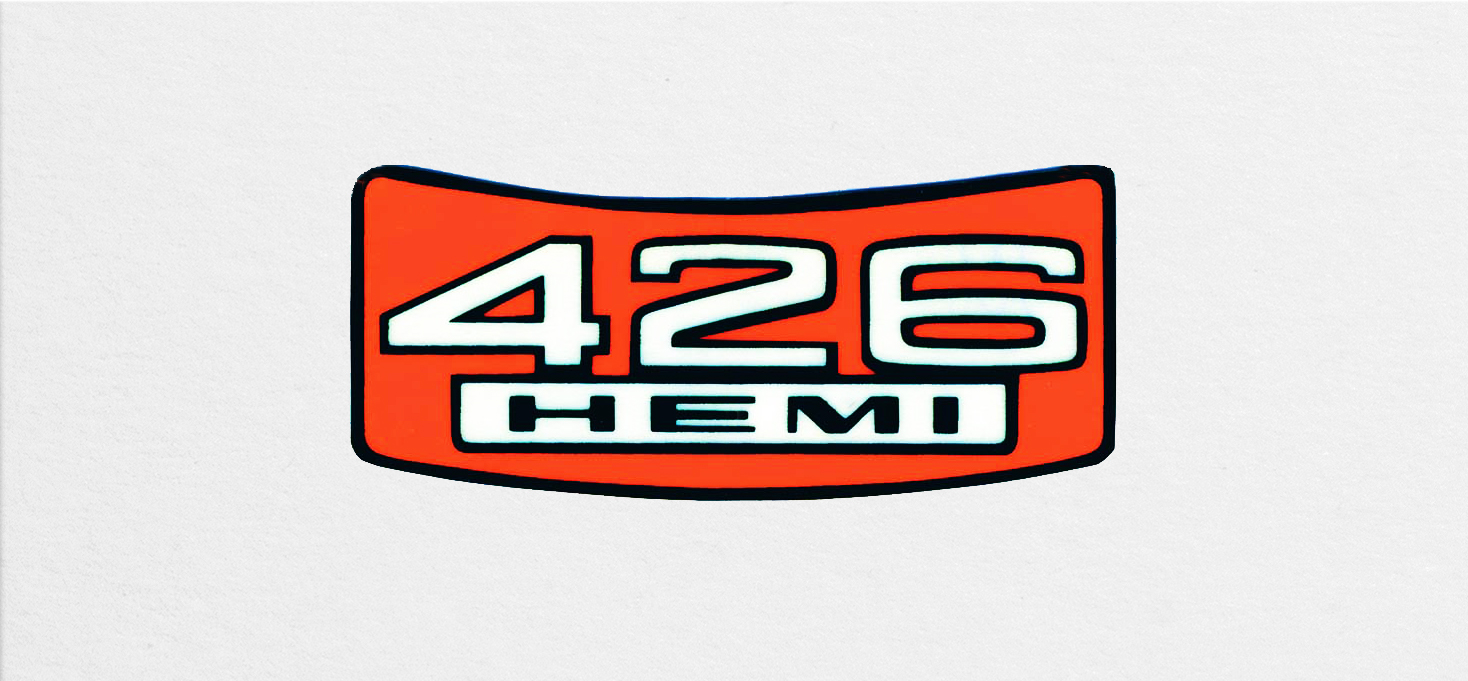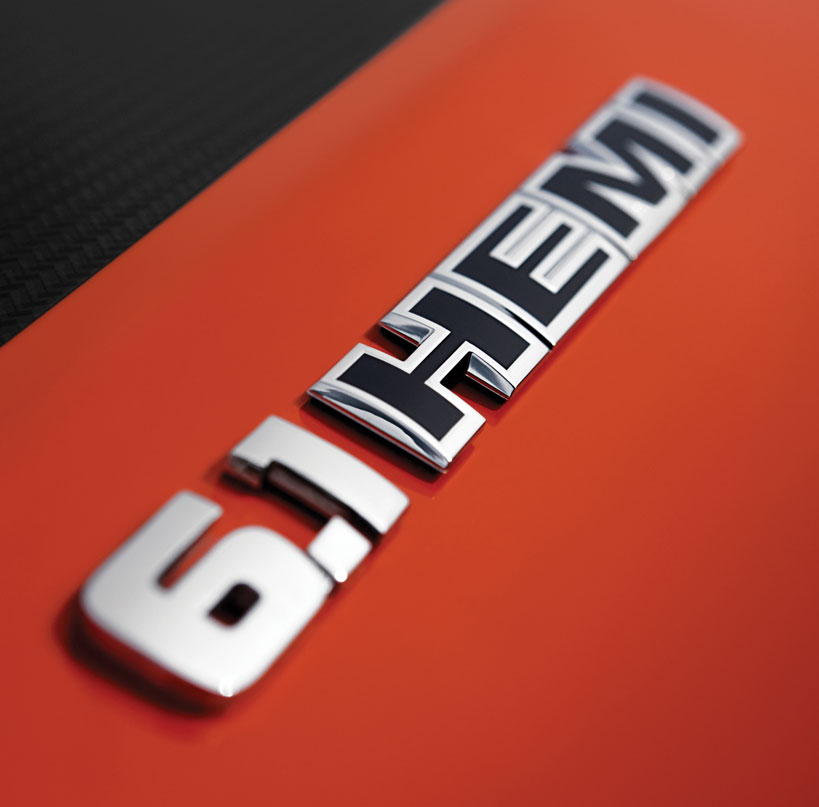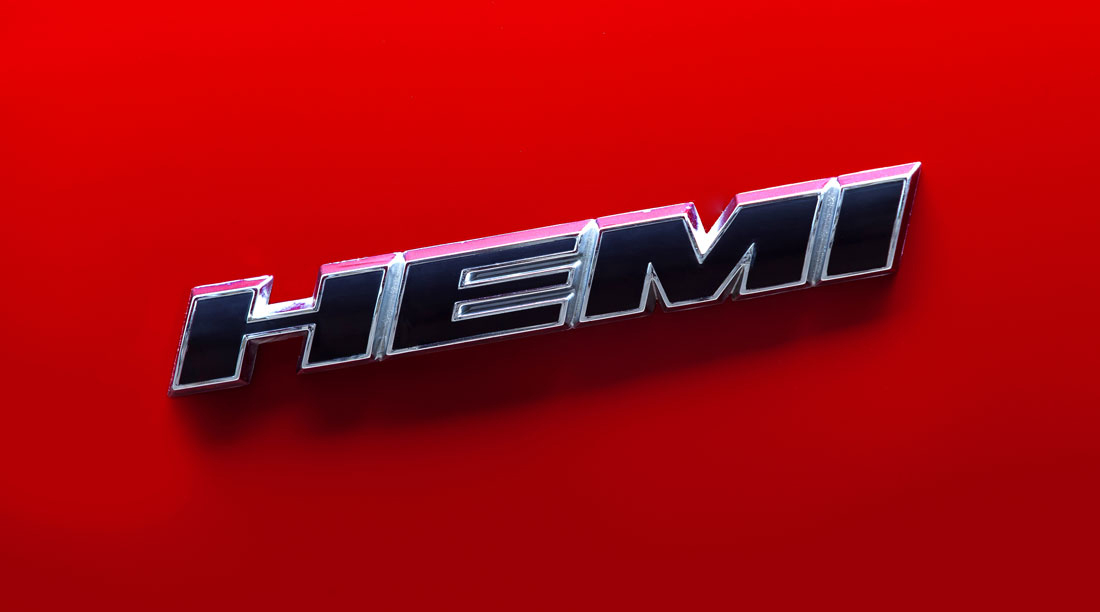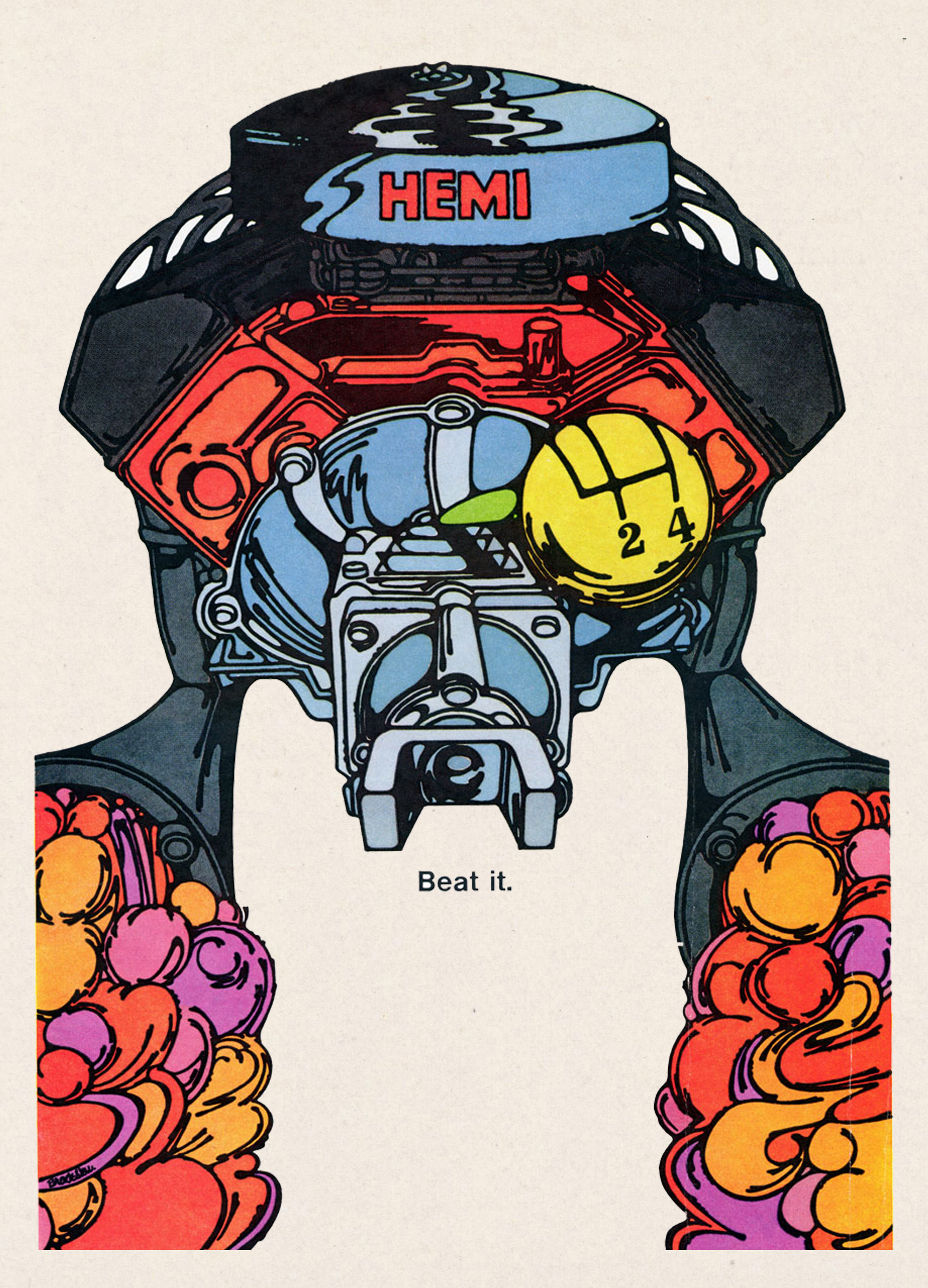Stock cars equipped with its powerful 426 HEMI® engine swept the Daytona 500, taking first, second and third places in stock car racing’s most prestigious event. The engine also set a new average speed record for the track of 154.33 mph.
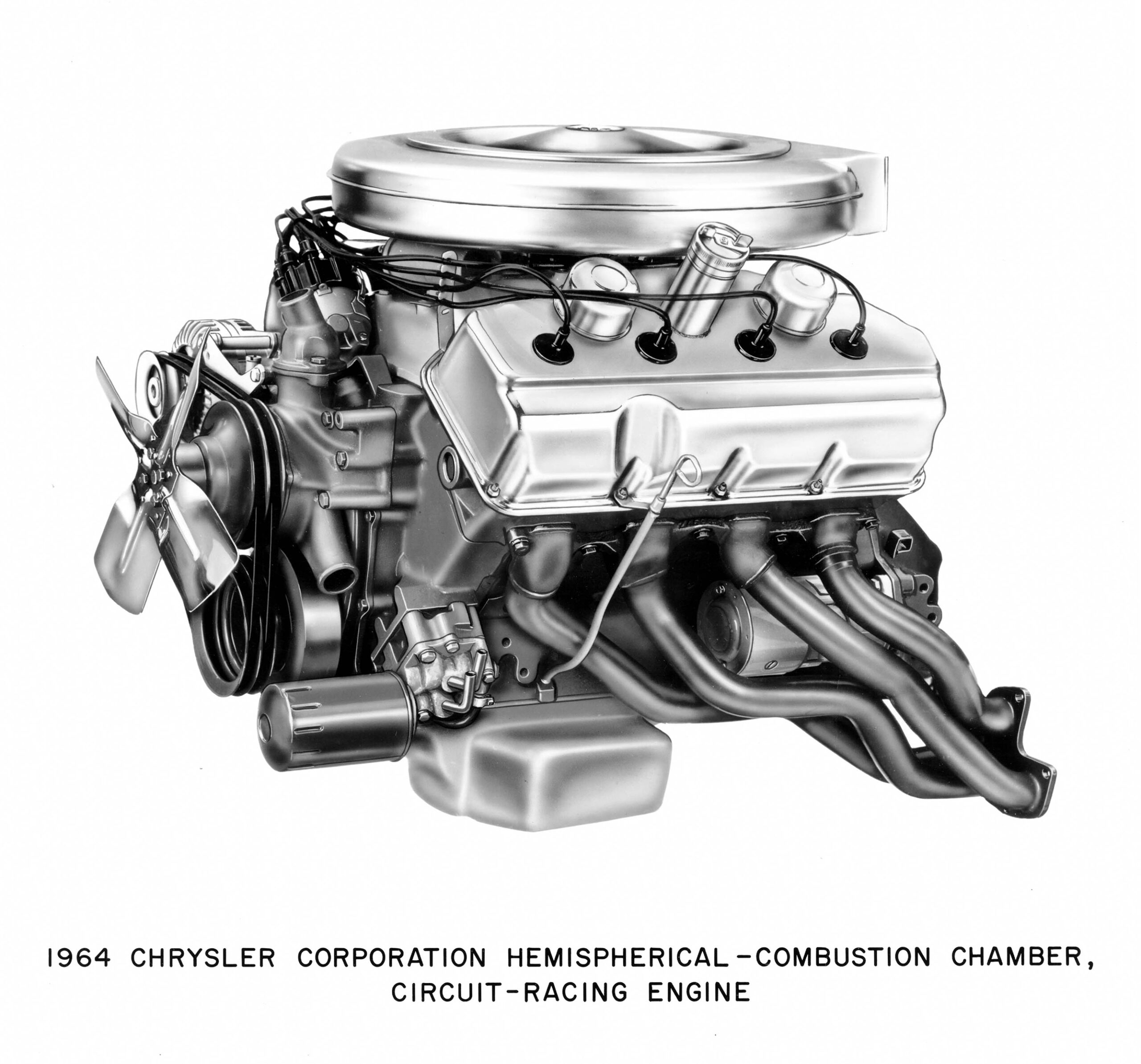
While the engine’s life on the racing circuit was brief – NASCAR quickly imposed stricter engine specifications in an effort to level the playing field – that February day was enough to set the public clamoring for HEMI-style horsepower.
In 1966, Chrysler began offering a slightly tuned-down version of the 426 HEMI race engine (called the “street HEMI”) as an option in Plymouth Belvederes, Dodge Coronets and Chargers. The era of the true muscle car had arrived.
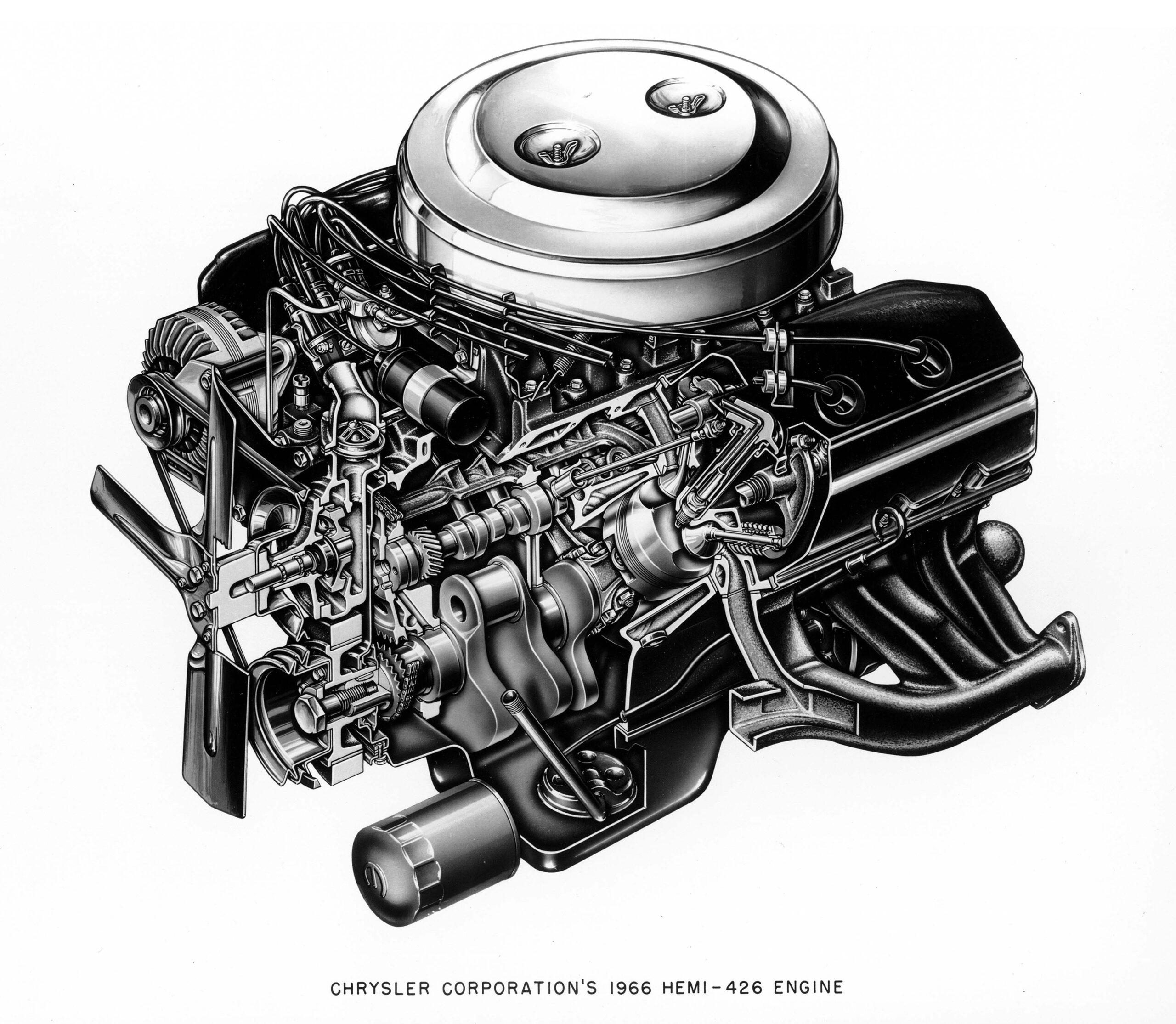
The cylinder head configuration with a nearly centrally located spark plug in a hemispherically shaped combustion chamber gave the classic HEMI engine its name. This unique architecture has an inherent airflow that translates into big power.
The street HEMI came with dual, four-barrel carburetors mounted on an aluminum dual-plan intake manifold. The engine’s advertised horsepower and torque were 425 hp and 490 lb.-ft. of torque. However, many drivers claim the output was closer to 500 hp.
“Prior to 1964, we were racing on the NASCAR circuit using a 426 Max Wedge (which had a wedge-shaped head design), but we weren’t having much success,” recalls Bill Weertman, Chrysler’s Manager of Engine Design at the time. “Senior management wanted to change that. Our engineering team knew from previous experience with the HEMI design that it could produce the necessary power.”
Indeed, Chrysler engineers assisted in the development of a HEMI engine that in 1965 set a new land speed record for a wheel-driven vehicle. The car, with four HEMI engines mounted in-line, set a two-way record of 409.277 mph on the Bonneville Salt Flats of Utah.
While for many the HEMI legacy began in the 1960s, Chrysler’s experience with the design dates back to the late 1930’s, when engineers began experimenting with different types of engine designs in an effort to improve performance. During World War II, Chrysler also developed a military aircraft engine equipped with a HEMI head.
In 1951, Chrysler introduced the HEMI V-8 engine to the public. The engine produces 180 hp, an impressive output in those days. The first cars to carry the new engine were the New Yorker and Saratoga lines. Between 1951 and 1953, HEMI engines were offered on the Chrysler and Imperial, DeSoto and Dodge. Although the engines carried different names – “Firepower,” “Fire-dome” and “Red Ram” – and were manufactured in separate facilities, they shared a similar design approach with each engine having its own size range.
The 426 HEMI had little in common with these earlier versions except for the basic valve train arrangement and spark plug location, according to Weertman.
An expensive option at the time ($600-$800 on cars that had base prices of $2,300 to $4,200), the street HEMI was popular among car enthusiasts and those cruisers who wanted to have the biggest, baddest engine on the street.
“If you were idling at a stoplight and the car next to you had ‘HEMI’ in its nameplate, there was no doubt who would be the fastest off the line,” said Weertman, who retired from Chrysler in 1987.
The street HEMI passed into history in 1971 as concerns about emissions and fuel consumption led to a major detuning of all high performance engines. About 10,000 426 HEMIs were manufactured for street use in the engine’s five-year run.
Still, the love affair with the original muscle car engine continues today through Web sites and enthusiast magazines devoted to the HEMI. Today, restored true HEMI cars command very high price tags.
(source: Chrysler)
